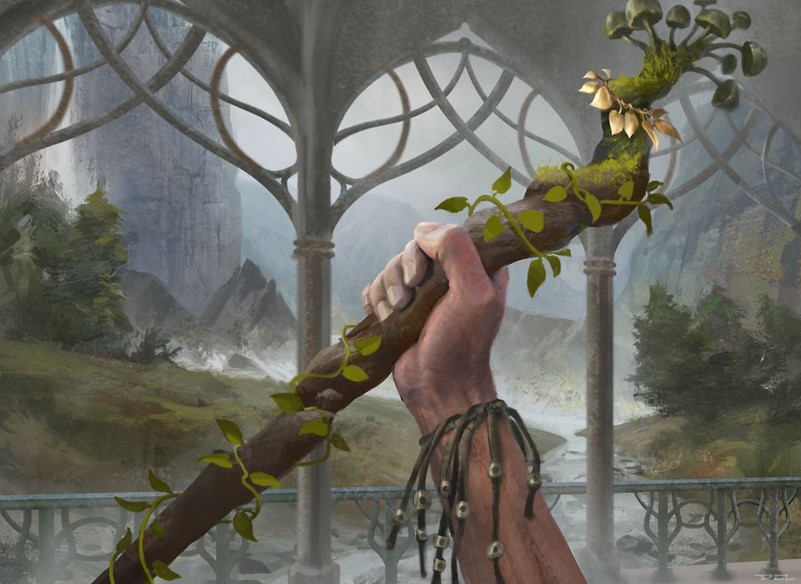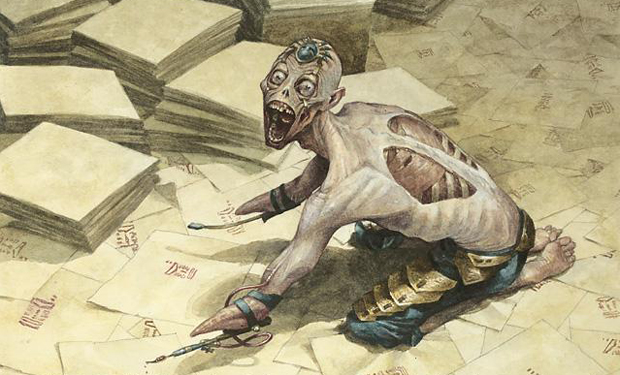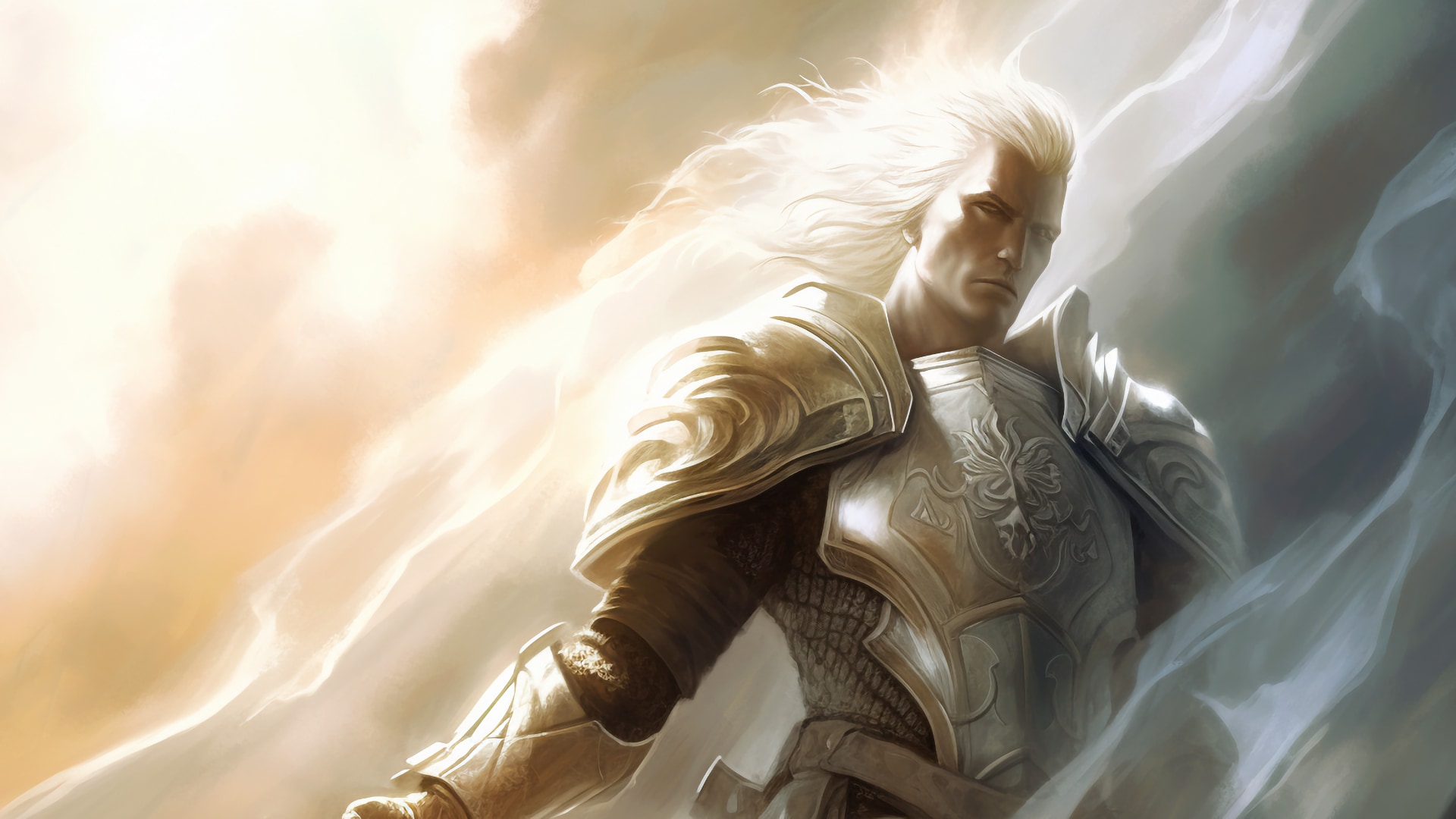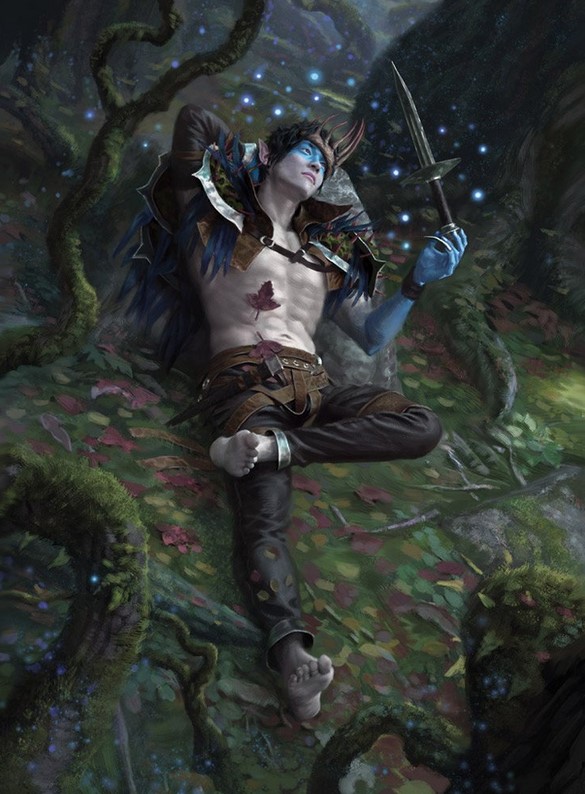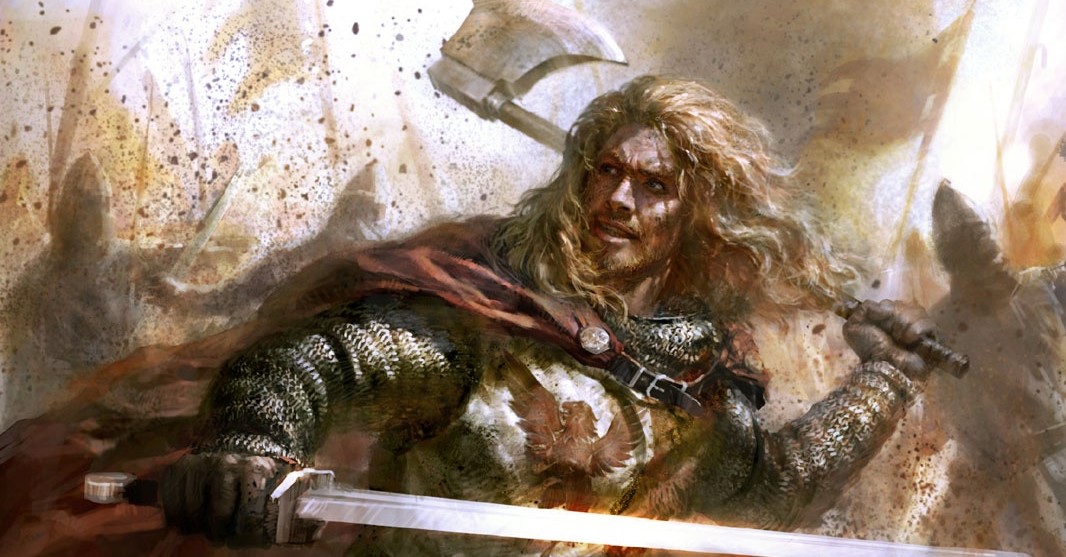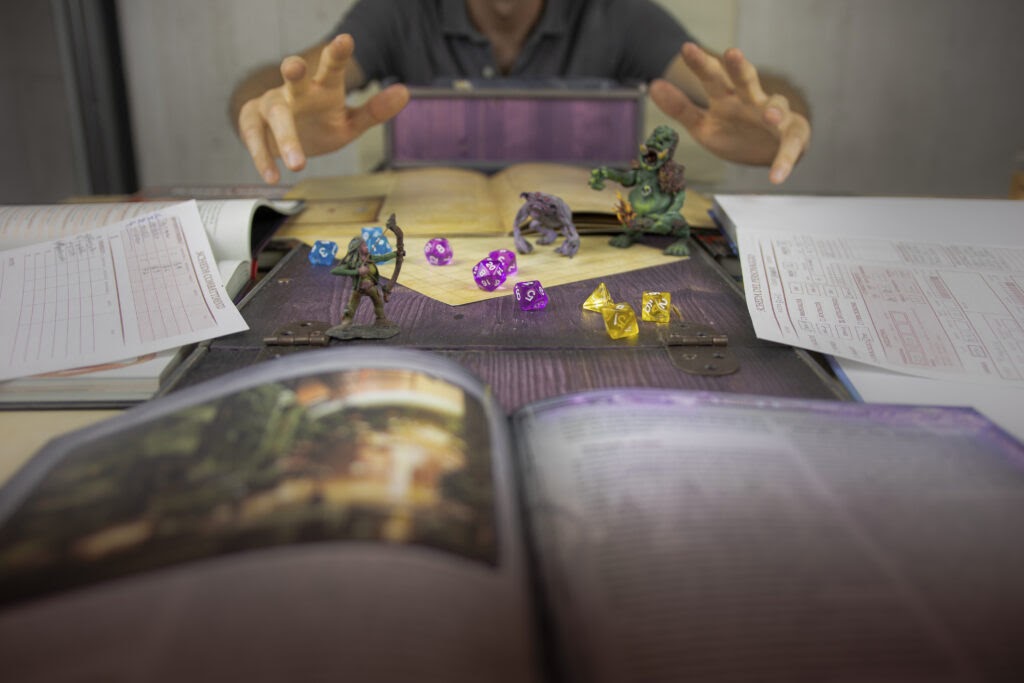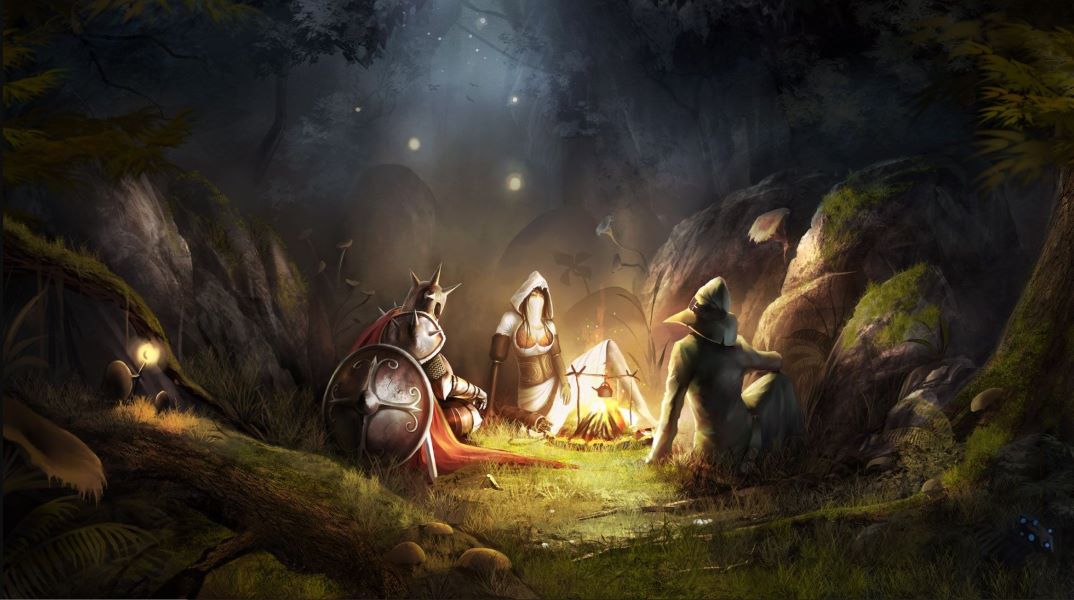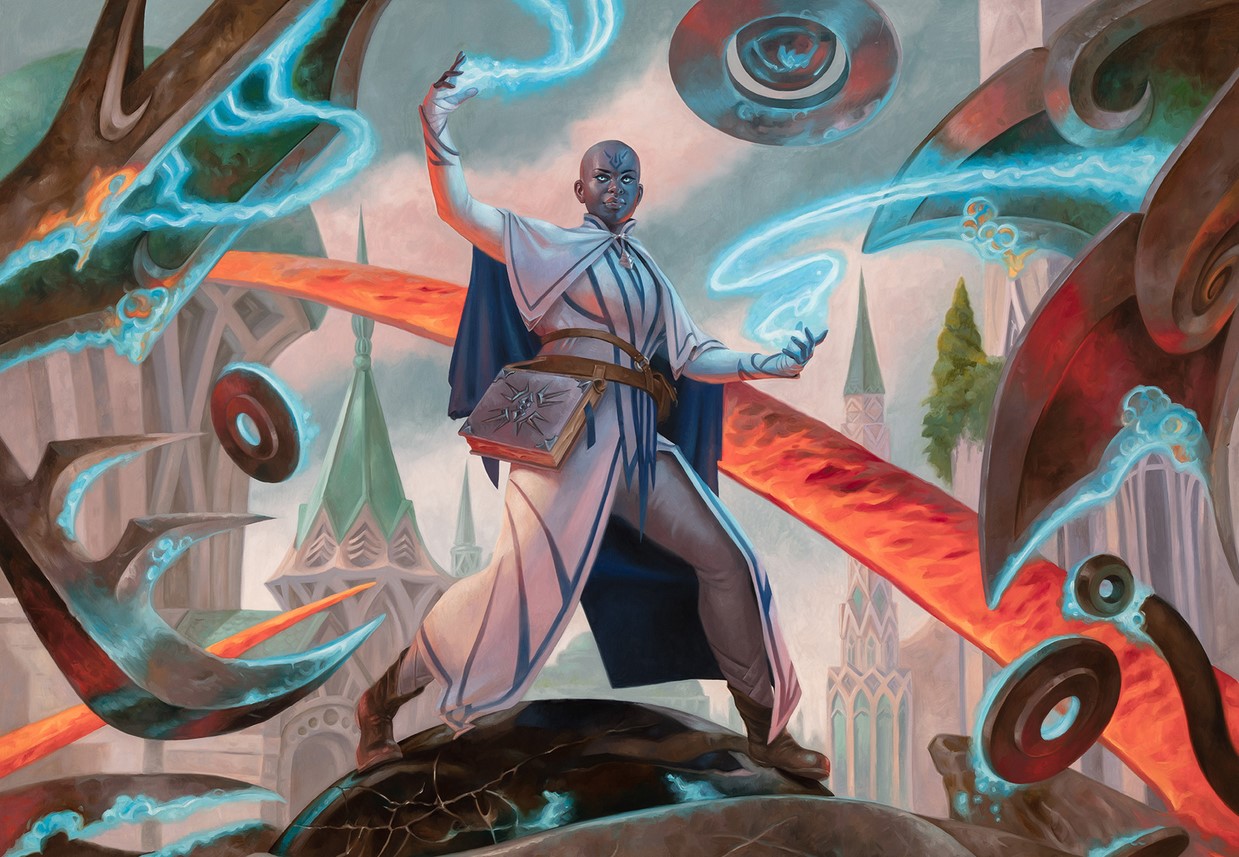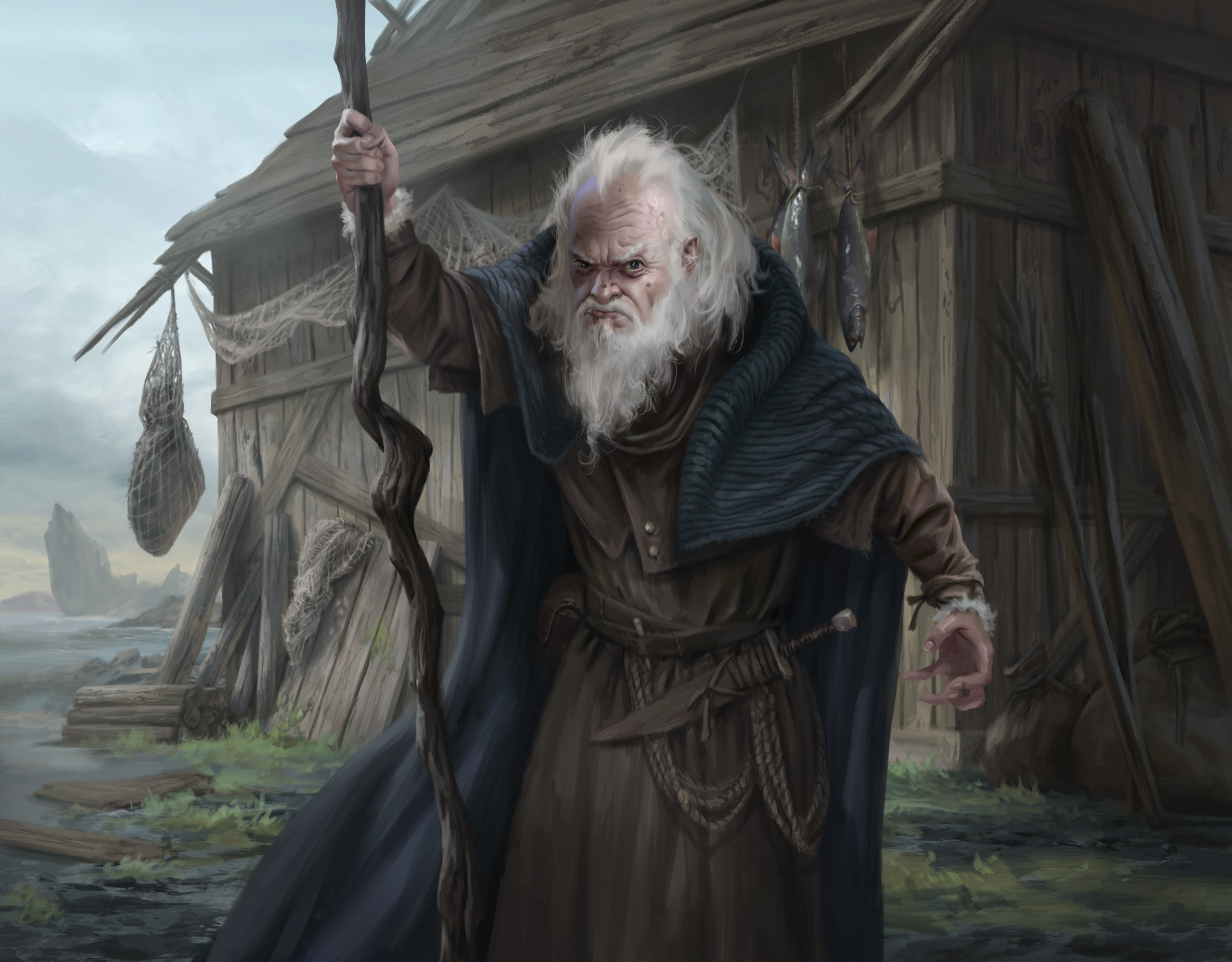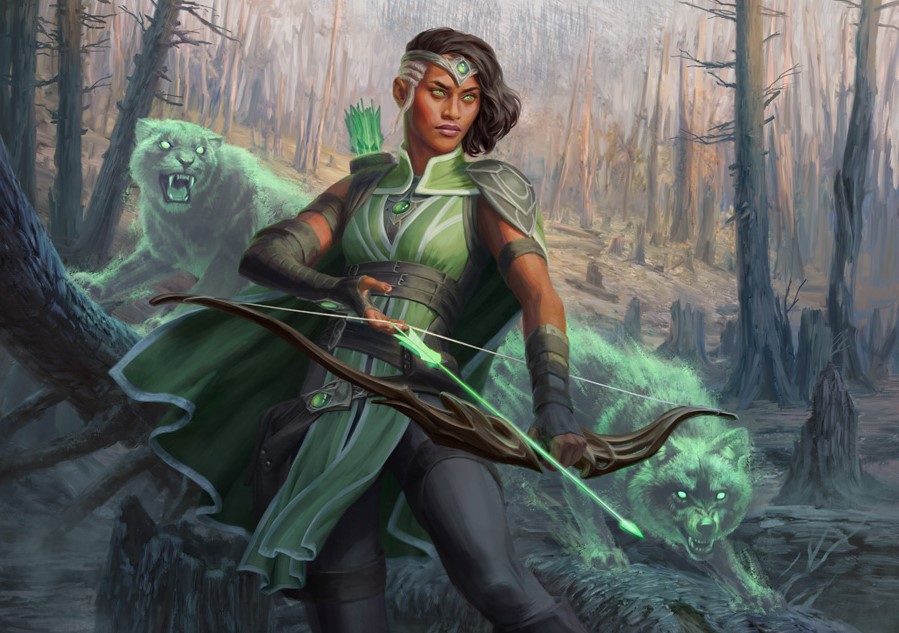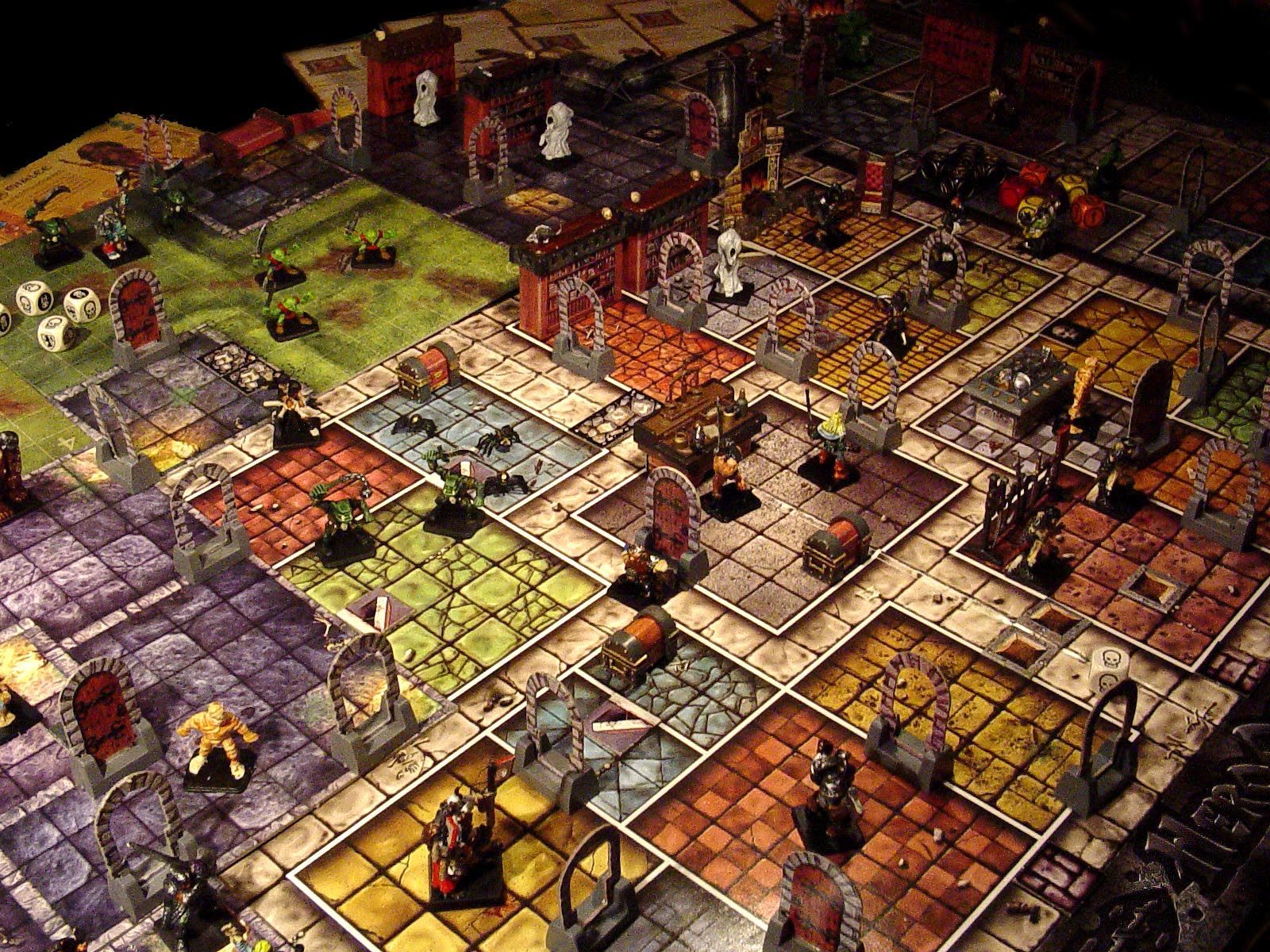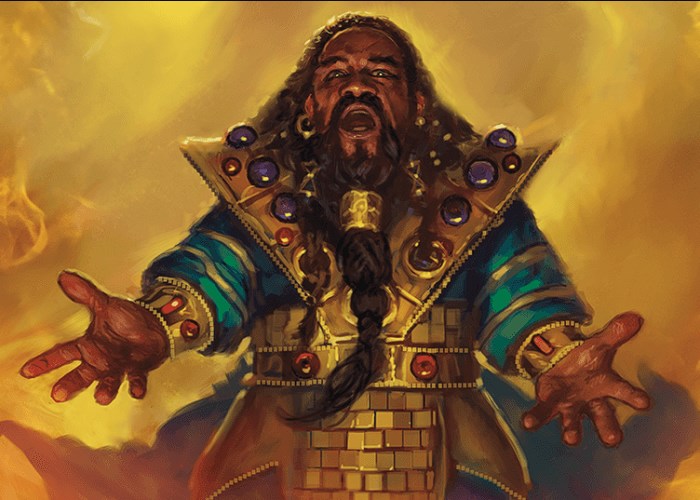
How to Create a Good and Fun D&D Campaign: 25 Tips for a Memorable Session
1. Understanding Your Players
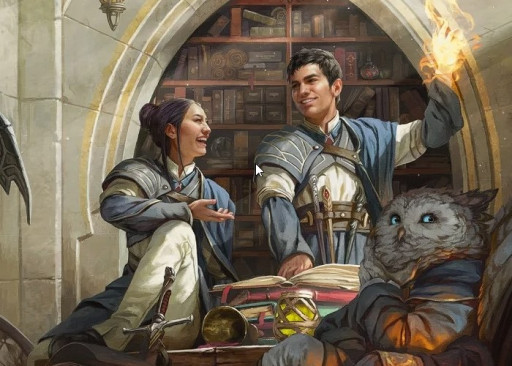
Think of your players as a bouquet of adventurers, each with their own unique scent of preferences. Get to know your players' preferences, play styles, and expectations for the campaign. Tailor your storytelling and gameplay to suit their interests.
- Engage in discussions with your players before the campaign starts to understand what they seek from the game.
- Take note of their favorite genres, character types, and past D&D experiences.
2. Choosing the Right D&D Edition
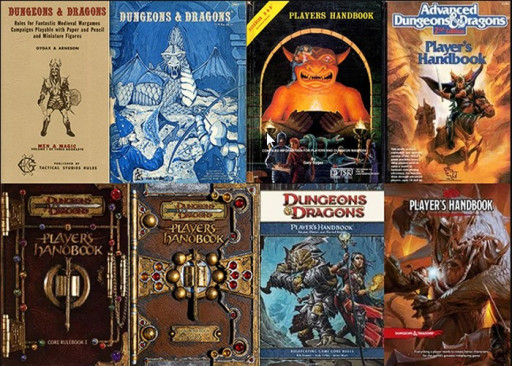
It's like choosing a hat for a wizard – each one adds a distinct flair to the game. Different D&D editions offer unique rules and mechanics. Select the edition that aligns best with your storytelling style and your players' preferences.
- Discuss with your players which edition they are most comfortable with.
- Consider the complexity of the rules and the level of experience among your group.
3. Creating a Captivating Storyline
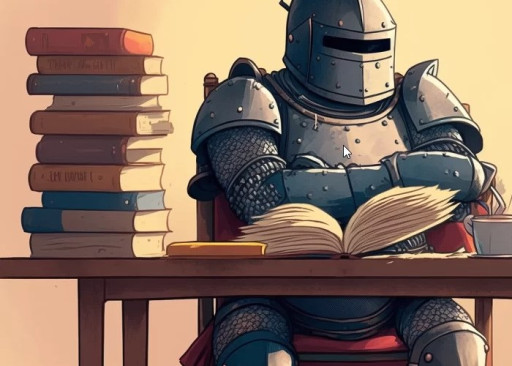
A well-crafted storyline is the heart of any D&D campaign. Develop a compelling narrative with twists and turns to keep players engaged.
- Plan an overarching plot with clear objectives, and introduce intriguing subplots to maintain suspense.
- Incorporate player character backgrounds into the main story for personal investment.
4. Developing Rich and Dynamic Characters
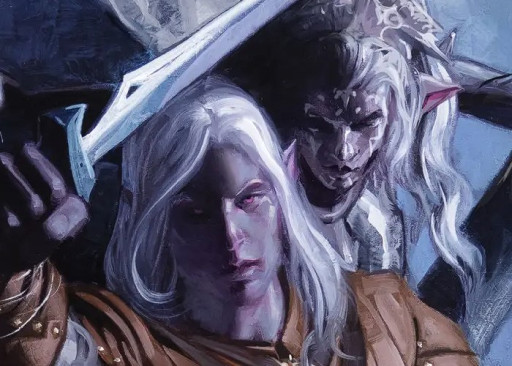
Crafting memorable NPCs is like casting a spell that makes your campaign come alive! NPCs are the backbone of your campaign. Design vibrant and multi-dimensional characters that players will remember.
- Create distinct personalities, backgrounds, and motivations for NPCs.
- Practice different voices to add depth to your interactions.
5. Designing the Game World

A rich and vibrant game world can turn your campaign into a full-fledged epic saga! An immersive game world enhances the player experience. Create a detailed and vibrant setting for your campaign.
- Draw maps of key locations, describe unique cultures, and include notable landmarks.
- Use visual aids like images or props to bring the world to life.
6. Establishing Core Rules and House Rules
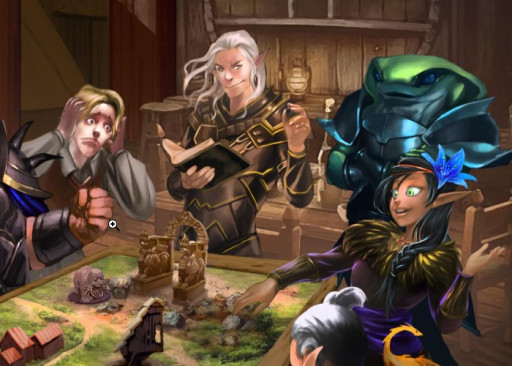
A harmonious blend of rules and customization can turn your campaign into a symphony of epic adventures! A clear set of rules provides structure, while house rules allow for customization. Strike the right balance for a cohesive gameplay experience.
- Discuss and agree on core rules that everyone must follow.
- Introduce house rules carefully to avoid conflicts or confusion during the game.
7. Building a Session-Zero

A well-executed session zero is like casting a powerful enchantment that ensures your campaign starts on the right foot! Here's how to make the most of this important session.
- Discuss the campaign theme, player backstories, and character goals during the session-zero.
- Address any questions or concerns to ensure everyone is on the same page.
8. Setting the Tone and Atmosphere
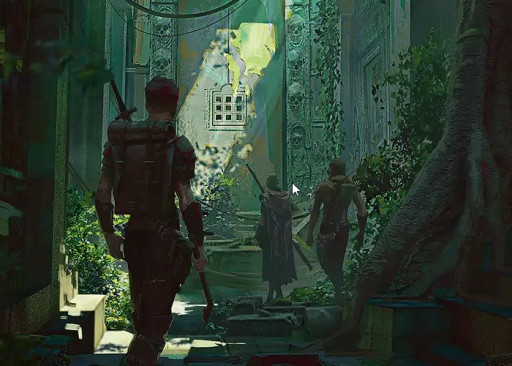
The atmosphere sets the mood for your campaign. Establishing the right tone creates an immersive experience for players.
- Determine if your campaign will be light-hearted, dark and mysterious, or somewhere in between.
- Use descriptive language to evoke the desired emotions.
9. Preparing Engaging Encounters
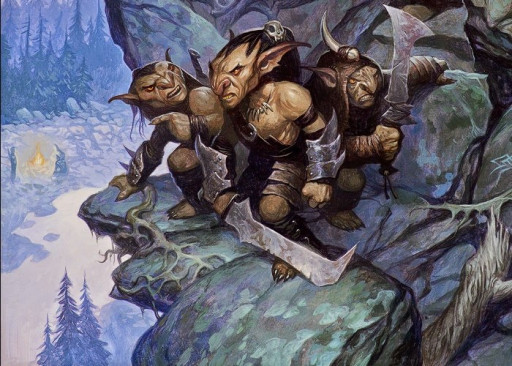
Exciting encounters keep the gameplay interesting. Design challenges that test players' abilities and teamwork.
- Balance combat encounters with non-combat challenges, such as puzzles or negotiations.
- Keep encounters dynamic and unpredictable.
10. Balancing Combat and Roleplaying

Combat and roleplaying are both essential aspects of D&D. Find a balance to cater to different player preferences.
- Ensure that each player's character has moments to shine in both combat and roleplaying scenarios.
- Encourage players to embrace their character's personalities during interactions.
11. Incorporating Puzzles and Challenges
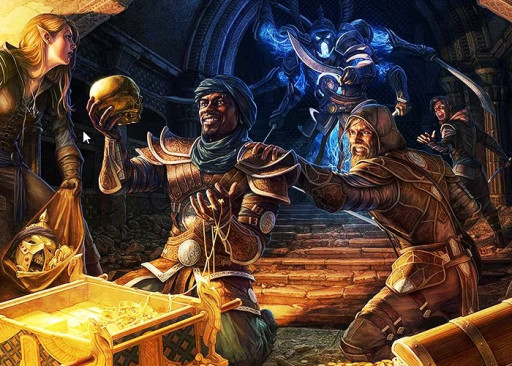
Puzzles add depth to your campaign, requiring players to think creatively and strategically.
- Create diverse puzzles, riddles, and challenges that align with the game world.
- Offer hints or clues for particularly challenging puzzles.
12. Utilizing Props and Visual Aids
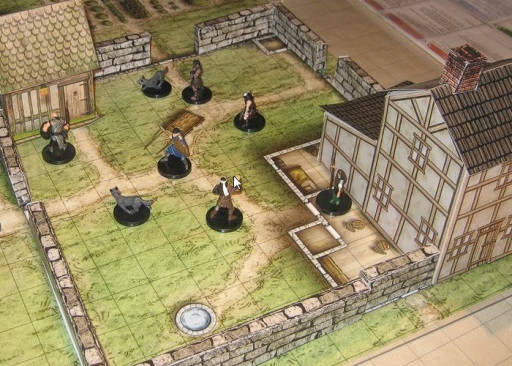
Visual aids enhance immersion and make the game more tangible for players.
- Use maps, miniatures, or physical props to represent important items or locations.
- Consider mood-setting background music to heighten the atmosphere.
13. Mastering NPCs and Voices

NPCs with distinct voices and personalities make interactions more memorable and engaging.
- Practice different voices for your NPCs to differentiate them.
- Adjust your tone to match their personalities.
14. Handling Player Choices and Consequences
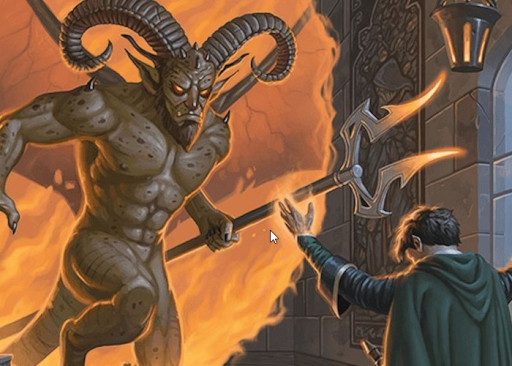
Player choices shape the campaign's direction. Embrace their decisions and adapt the story accordingly.
- Be flexible and prepared to improvise based on player choices.
- Let players experience the consequences of their actions, both positive and negative.
15. Encouraging Roleplaying
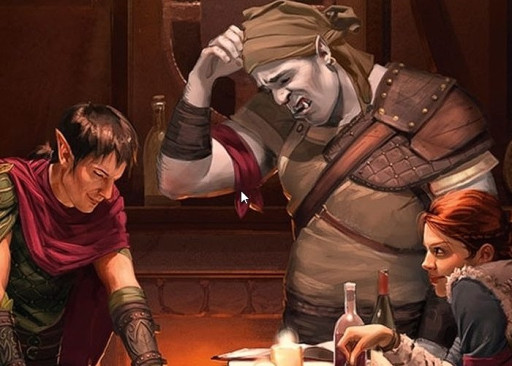
Roleplaying adds depth to the game world and strengthens player connections to their characters.
- Reward players for roleplaying their characters effectively.
- Use descriptive language to paint vivid scenes and evoke emotions.
16. Fostering Player Collaboration
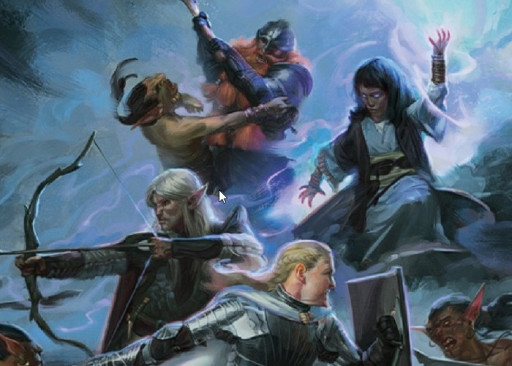
Encouraging teamwork among players fosters a positive gaming experience.
- Present challenges that require cooperation between characters.
- Praise players for working together and celebrating their achievements.
17. Managing Time Effectively

Time management keeps the game flowing smoothly and ensures everyone has a chance to contribute.
- Allocate time wisely for different segments of the game, such as combat, exploration, and roleplaying.
- Be mindful of pacing and avoid rushed storytelling.
18. Keeping the Pace Exciting
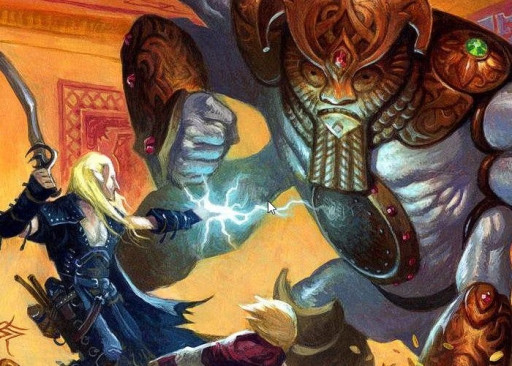
Maintaining an exciting pace sustains player interest and enthusiasm.
- Introduce plot twists and surprises to keep players engaged.
- Maintain a balance between moments of tension and moments of rest.
19. Introducing Plot Twists and Surprises
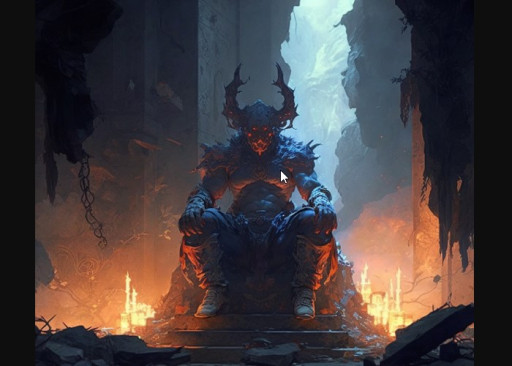
Unpredictable elements add excitement and suspense to the campaign.
- Create unexpected twists that challenge player expectations.
- Reveal these surprises at opportune moments to maximize their impact.
20. Creating Memorable Villains

Compelling villains add depth to your story and create memorable conflicts for players.
- Develop villains with clear motivations and unique personalities.
- Make their presence felt throughout the campaign.
21. Rewarding and Recognizing Your Players
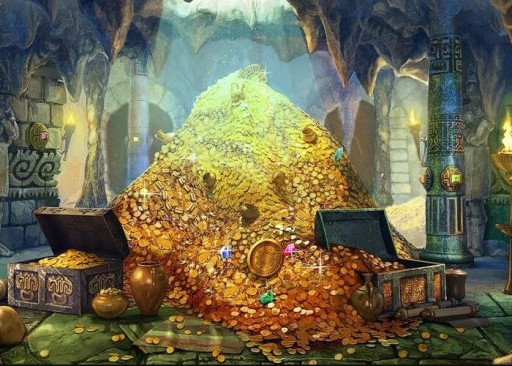
Positive reinforcement boosts player morale and encourages continued engagement.
- Acknowledge players' accomplishments and in-character roleplaying.
- Offer rewards, such as experience points or special items, for outstanding achievements.
22. Encouraging Player Backstories
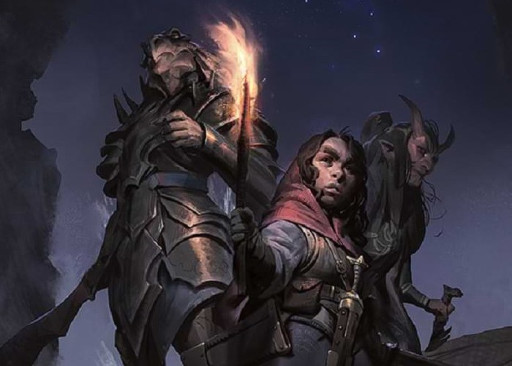
Incorporating player backstories enriches the narrative and strengthens player investment.
- Encourage players to create detailed backstories for their characters.
- Integrate these backstories into the main campaign to create personal connections.
23. Handling Character Development

Allowing character growth and development adds depth to the campaign.
- Provide opportunities for characters to grow and evolve.
- Create challenges that test their beliefs and convictions.
24. Dealing with In-Game Conflicts

Addressing in-game conflicts constructively maintains a harmonious gaming experience.
- Facilitate open communication between players during conflicts.
- Encourage empathy and understanding to resolve issues peacefully.
25. Wrapping Up the Campaign

An epic conclusion provides closure and leaves players with a sense of accomplishment.
- Tie up loose ends and provide satisfying resolutions to key storylines.
- Allow players to reflect on their journey and celebrate their achievements.
You may also be interested in:
- The Best D&D Classes (Ranked from Worst to Best)
- Top 25 Best D&D Villains of All Time
- 32 Most Interesting Facts About Dungeons and Dragons!
- 25 Best D&D Games for PC That Every Fan Must Play!
- The 10 Best DnD Streams
- Most Powerful D&D Dragons For Adventurers To Defeat
- Top 10 Best DnD Campaign Ideas
- Top 5 DnD Most Useful Languages
- D&D Top 10 Most Damaging Spells That Obliterate Foes



